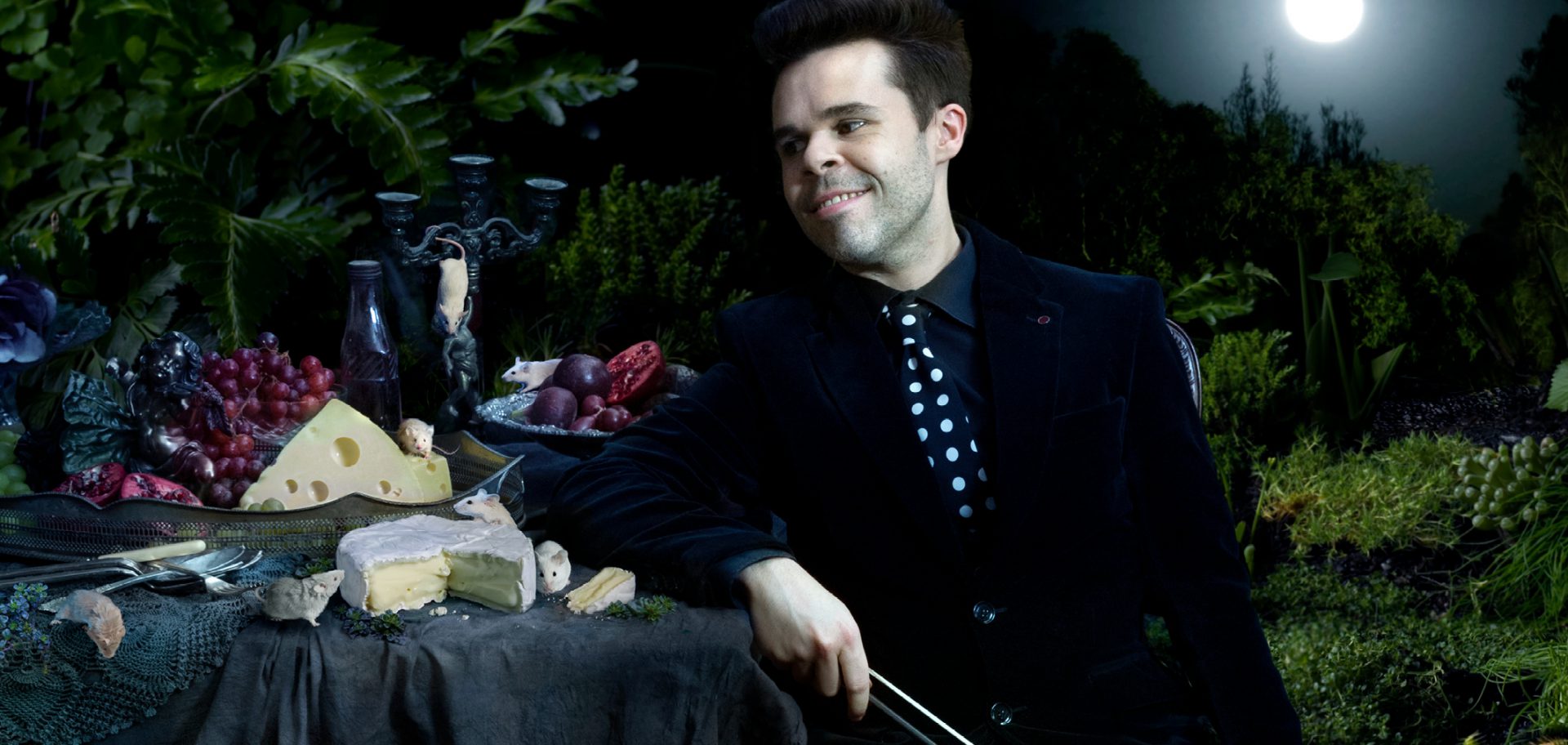A memorable dedication to Haydn’s inventiveness.
The Australian Haydn Ensemble‘s MOZART: Viennese Star is a celebration of the form of the string quartet. Its Sydney performance took place in the beautiful surrounds of the Utzon Room, in the Sydney Opera House. Haydn, the veritable wellspring of creative inspiration in this area, naturally featured first. But it will be seen that, at least in some respects, the stream ran higher than its source.
The first piece was Haydn’s String Quartet Op 33 No 5 in G major. It is, as we are told, a sublime example of Haydn doing his best to stretch the limits of the form he did so much to develop. That is true enough. Any confusion as to the origin of the piece’s title – ‘how do you do’ – is dispelled when the piece begins, in media res, with a short four-note cadence that suits the title’s scansion and evokes the quaint image of a gentleman tipping his hat. The tone-shift was executed with all the force it demands, although the first movement was generally played at a rather stately pace.
The second movement, essentially an aria for first violin with a steady accompaniment in the bass, is traditional enough. That is until a quaint pizzicato softens what would otherwise have been a grave ending. Skye McIntosh’s skill at making the violin a voice-like instrument of expression was on full display here, especially in the short cadenza-like passages. It is reminiscent of an operatic aria.
Where one expects the third movement to be a menuet, we are given a scherzo (literally, ‘witty’ or ‘jocular’). It is replete with explosive sforzandos, which the entire ensemble mastered. It has all the hallmarks of the opera buffa, a form with which we know Haydn became intimately acquainted in this period. The finale, a trio, is unusually graceful. And yet it suddenly breaks out into something of a gigue. If this was a challenge to the ears of contemporary connoisseurs, it was a challenge as charming and agreeable as Haydn himself.
Next was Boccherini’s String Quartet Op 32 No 5 in G minor. Because it is at times a somewhat plaintive, brooding piece, the slow pace chosen for the Haydn piece worked particularly well here. The second movement features a lyric dialogue between first and second violin, performed with shimmering vibrato by both Skye McIntosh and Matthew Greco. The third is marked by fiery turns of character. It was a beautiful moment when the ensemble came together to forcefully enunciate a cadence in unison. Consistently with the Spanish preference for a predominant and guttural bass, some of the movements was propelled by a bass line redolent of a fandango that was often meandering and unruly but presented no challenge for Daniel Yeadon.
The highlight of the final movement was a magnificent solo for first violinist Skye McIntosh which was an opportunity to showcase her virtuosic dexterity – arpeggios and double-stopping abound. Though Boccherini seemed to have been less indulgent with string quartets than with his string quintets, the diversity of expressive capability throughout all movements was on show not just for Boccherini, but also for the entire ensemble.
The final piece was Mozart’s ‘Dissonance Quartet’. The first movement begins with a brooding, and frankly odd, series of modulations that go awry by the second bar. The structure, founded on insistent drones in the bass, hints at Bach’s Herr, unser herscher. Decidedly modernist in tone, it is an example of Mozart’s curious sense of humour. But, as Skye McIntosh reassured us, we come back to ‘Mozart Happyland’ in no time. It was not only in the opening that Mozart sought to beat Haydn at his own game. Parts of the first movement suddenly break out into triplets and there are whimsical changes in mood throughout. The performers’ expressions let us in on the joke.
The chromaticism of the first movement is reflected in some parts of the second, which gives a jarring effect to a particularly heart-rending passage featuring a downward motif toward the end of that movement. Then breaks out a bumptious minuet. Subtle fugal developments can be seen in the second violin and the viola, and the independence of Karina Schmitz’s voice on viola served well here. Just as the triumphant motif of that movement was to be repeated, fireworks burst out throughout the harbour. The audience was at once reminded that it was the 90th birthday of the Sydney Harbour Bridge. It was a fitting way to end.
